Corrugated cardboard has existed in various forms for over 200 years, and its origin story is still fascinating today. So, when did corrugated cardboard packaging evolve? Likewise, why is it so cutting edge? So read on to find out more.
In fact, it has a grooved layer glued between two sheets of cardboard. The number of grooved layers can be increased as it will increase the rigidity of the box. This is the basic structural formula of corrugated cardboard and boxes.
In other words, corrugated materials consist of three-ply and five-ply paper—an inner liner, an outer liner, and corrugated paper in between. The material takes its name from the corrugated medium, denoting its endurance.
If you’ve ever organized through recycling, you might be happy to come across this particular custom box packaging – corrugated cardboard. You may be asking yourself, what is corrugated cardboard packaging? This product has been used in one form or another for over 100 years. All of this makes it the first recycled product on the market today!
1. The amazing history of corrugated product packaging
If you’ve ever bought something at a store and discovered it could be found in a corrugated cardboard box, you’ve been using product packaging that’s been around since ancient times. While today’s containers are primarily used to protect items while in transit, over the years they have been equally efficient products with a variety of other functions. This article will discuss how corrugated board has grown from its simple beginnings to become one of the most valuable product packaging materials today.

2. A brief background on corrugated boxes
In 1871, an American innovator named Malcolm McLean came up with a cutting-edge concept: the use of corrugated cardboard boxes for shipping. He created the first containers made of corrugated cardboard that could be easily loaded and unloaded from ships.
This innovation has changed the way goods are moved around the world, making it faster and more efficient. In addition to successfully leveraging customer feedback, a substantial financial investment in R&D has allowed the manufacturer to manufacture unique liners and grooves in-house that provide the strength and longevity needed to package and transport valuable customer items.
3. Types and stocks of corrugated boxes
As mentioned above, the main groove layer of the cardboard is further divided into various types. The main types are as follows:
- Common slotted cemented container (RSC).
- RSC stitched trays and shelves.
- Die cut container.
- Single, double and triple walls.
To understand what corrugated boxes are, you first have to understand how they are manufactured. Corrugated packaging is primarily made from a renewable resource, tree, and is one of the most recycled packaging materials on the planet. It’s sustainably manufactured from trees and old corrugated boxes, with industry recycling rates hovering around 90 percent for the past eight years, and hovering around 96 percent in 2018.
As part of recycling, Old Corrugated Containers (OCC) are left behind, sorted, compressed, and packed to save space. The bales are then transferred to paper mills, where they are broken down and the corrugated sheets put into pulp machines like giant blenders or food processors.
In the pulper, they are disturbed to produce a slurry consisting of fibers and water. Next, impurities are removed and the remaining fiber solution is poured onto a repositioned monitor to allow the water to drain, creating a continuous fiber mat. Finally, push this floor covering between the rollers to remove excess moisture.

4. The basic principle of corrugated paper
Now that we understand the difference between corrugated cardboard and cardboard, we can conduct a more in-depth study on the essentials of corrugated cardboard. There are various variables that come into play when making corrugated boxes. That’s why they are so personal.
1) Introduction to Flute
The most typical grooves used today are A, B, C, E and F, where A is the largest groove size. The corrugation dimension calculates the density of the walls and the stacking toughness of the corrugated box. The “A” groove is approximately 5mm thick and is ideal for products that require extra padding or stamina. When you use B, C, E, and F grooves, the thickness is less, resulting in a thinner board.
2) Board type
Four boards are available for corrugated boxes. One of the most typical types is single-wall panels and double-wall panels. There is also a single panel, which is composed of a backing paper attached to a piece of corrugated base paper. This board design is often sold in rolls and can be used to wrap items for protection and padding. Single-wall board refers to a sheet of corrugated board bonded between two sheets of backing paper. Single-wall panels are the most common type of panel on the market and can be used for everything from delivery boxes to retail screens.
Double wall means that two sheets of corrugated tooling are bonded between three sheets of liner. This board is typically used for larger sized items or products that require a stronger case to deliver.
Last but not least, 3 layers of corrugated tooling bonded between 4 layers of lining. This board is the best of all board designs and is often used for commercial parts or production boxes.
Corrugated board is classified as Mullen or edge crush checked (ECT). These two sheet qualities have different applications. ECT determines how much stack endurance or stress the box can withstand before being crushed. If you are most likely to be stacking boxes one on top of the other, either on pallets or on warehouse shelves, ECT boards are a great choice.
The value of the mullen depends on how much pressure the box can withstand before it ruptures or is penetrated. So if you’re looking for resistance from the elements inside or outside, this is the type of board you want.

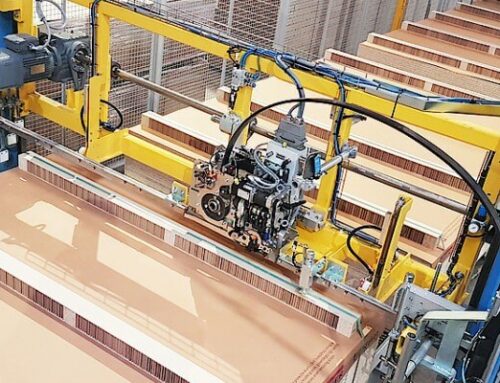
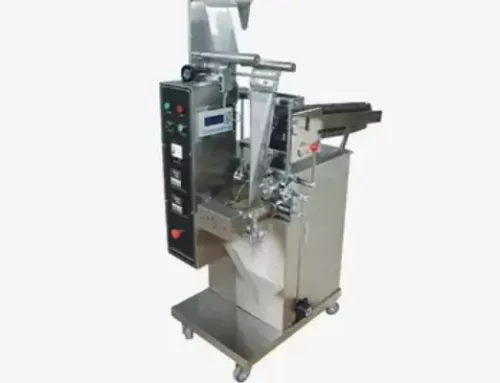
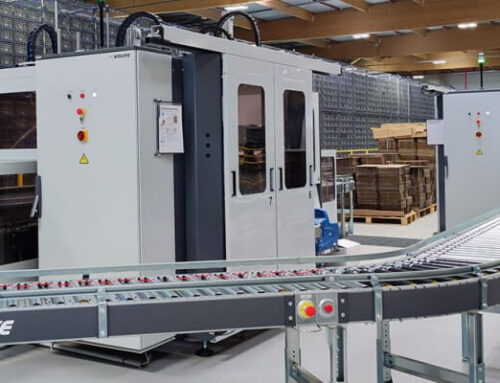
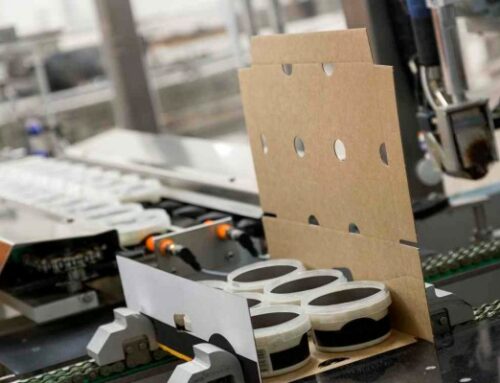
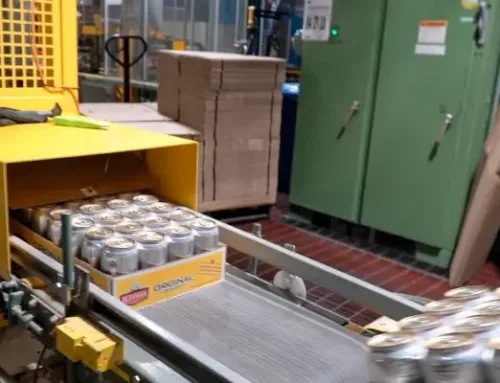
Leave A Comment